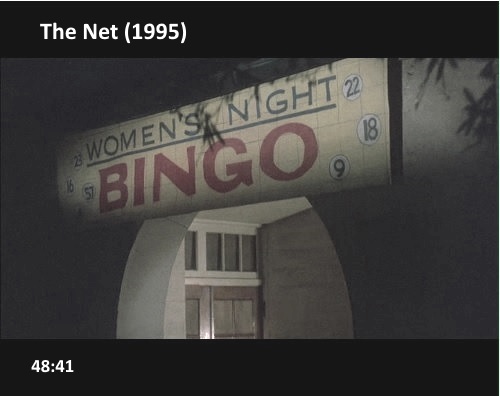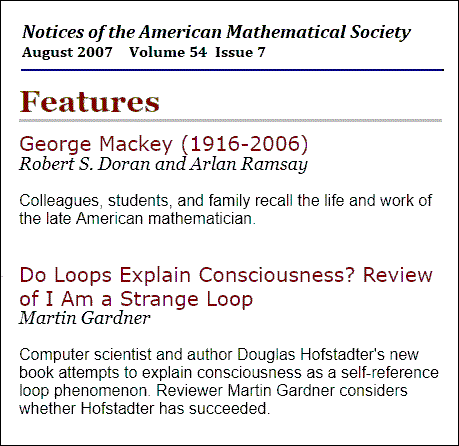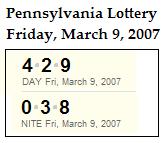Today's birthdays: Mike Nichols and Sally Field.
Who is Sylvia?
What is she?
|

|
From A Beautiful Mind, by Sylvia Nasar:
Prologue
Where the statue stood
Of Newton with his prism and silent face,
The marble index of a mind for ever
Voyaging through strange seas of Thought, alone.
— WILLIAM WORDSWORTH
John Forbes Nash, Jr. — mathematical genius, inventor of a theory of rational behavior, visionary of the thinking machine — had been sitting with his visitor, also a mathematician, for nearly half an hour. It was late on a weekday afternoon in the spring of 1959, and, though it was only May, uncomfortably warm. Nash was slumped in an armchair in one corner of the hospital lounge, carelessly dressed in a nylon shirt that hung limply over his unbelted trousers. His powerful frame was slack as a rag doll's, his finely molded features expressionless. He had been staring dully at a spot immediately in front of the left foot of Harvard professor George Mackey, hardly moving except to brush his long dark hair away from his forehead in a fitful, repetitive motion. His visitor sat upright, oppressed by the silence, acutely conscious that the doors to the room were locked. Mackey finally could contain himself no longer. His voice was slightly querulous, but he strained to be gentle. "How could you," began Mackey, "how could you, a mathematician, a man devoted to reason and logical proof…how could you believe that extraterrestrials are sending you messages? How could you believe that you are being recruited by aliens from outer space to save the world? How could you…?"
Nash looked up at last and fixed Mackey with an unblinking stare as cool and dispassionate as that of any bird or snake. "Because," Nash said slowly in his soft, reasonable southern drawl, as if talking to himself, "the ideas I had about supernatural beings came to me the same way that my mathematical ideas did. So I took them seriously."
What I take seriously:
Introduction to Topology and Modern Analysis, by George F. Simmons, McGraw-Hill, New York, 1963
An Introduction to Abstract Harmonic Analysis, by Lynn H. Loomis, Van Nostrand, Princeton, 1953
"Harmonic Analysis as the Exploitation of Symmetry — A Historical Survey," by George W. Mackey, pp. 543-698, Bulletin of the American Mathematical Society, July 1980
Walsh Functions and Their Applications, by K. G. Beauchamp, Academic Press, New York, 1975
Walsh Series: An Introduction to Dyadic Harmonic Analysis, by F. Schipp, P. Simon, W. R. Wade, and J. Pal, Adam Hilger Ltd., 1990
The review, by W. R. Wade, of Walsh Series and Transforms (Golubov, Efimov, and Skvortsov, publ. by Kluwer, Netherlands, 1991) in the Bulletin of the American Mathematical Society, April 1992, pp. 348-359
Music courtesy of Franz Schubert.









